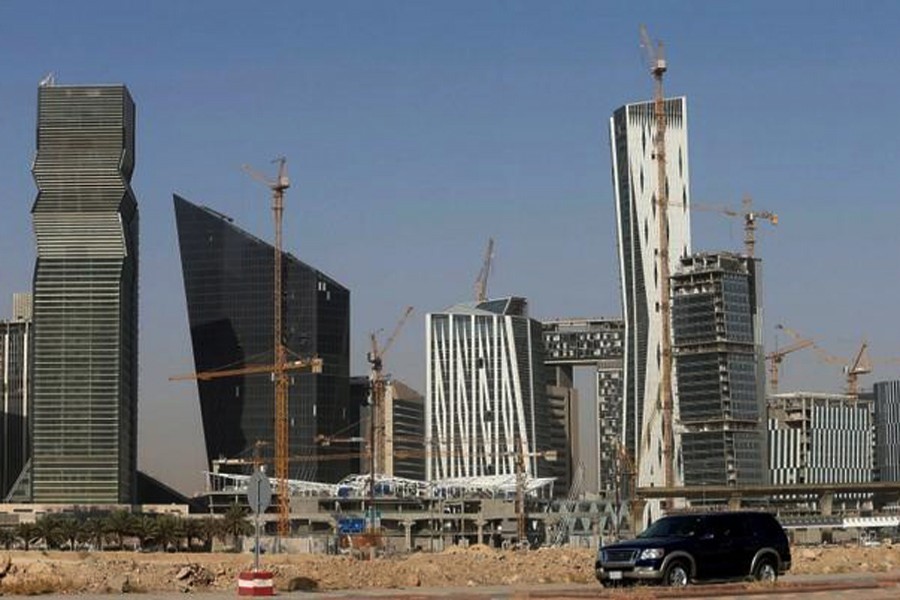The International Monetary Fund (IMF) has estimated 2.6 per cent economic growth for Saudi Arabia in 2019, slightly higher than its earlier 1.8 percent forecast.
The IMF predicted the gross domestic product (GDP) as the non-oil sector of the country is expanding faster than the wider economy, a senior official said.
However, the budget deficit this year could be 7.9 per cent, higher than 2018 on an assumption that oil prices would be lower in 2019 compared to last year, said the IMF official he said in an interview.
“We expect non-oil growth to be at 2.6 percent this year and 2.9 percent for 2020,” Jihad Azour, director of the Middle East and Central Asia Department at the IMF, said.
“Based on the early assessment of the (IMF) team, we think there are upside risks, i.e. growth could be slightly higher than the one we have in our projections,” Azour said.
Saudi central bank governor Ahmed al-Kholifey told Reuters last week that Saudi economic growth in 2019 would be “no less than 2 per cent”.
The Saudi economy grew by 2.2 per cent last year, recovering from a contraction in 2017.
Azour said an IMF team was now on the ground in Saudi Arabia and revised economic numbers were expected next week.
The IMF’s projection for the Saudi budget deficit in 2019 is based on the assumption that oil prices will remain in the mid-$60 per barrel range this year, he said.
Brent crude futures settled at 72.15 dollar a barrel, down $2.20, on Friday after US President again pressured the OPEC to raise crude production to ease gasoline prices.
Saudi Arabia had estimated a budget deficit of 4.6 per cent of GDP in 2018 and its budget for 2019 forecast a deficit of 4.2 per cent of GDP.
Saudi Finance Minister Mohammed al-Jadaan said last week the kingdom recorded a budget surplus of 27.8 billion riyals ($7.4 billion) in the January-March period, its first since oil prices plunged in 2014.
“The decline in oil price and the volatility we saw in the market are leading to an expected deficit of 7.9 percent,” Azour said. “We expect the situation to improve in 2020 to 5.7 per cent.”


